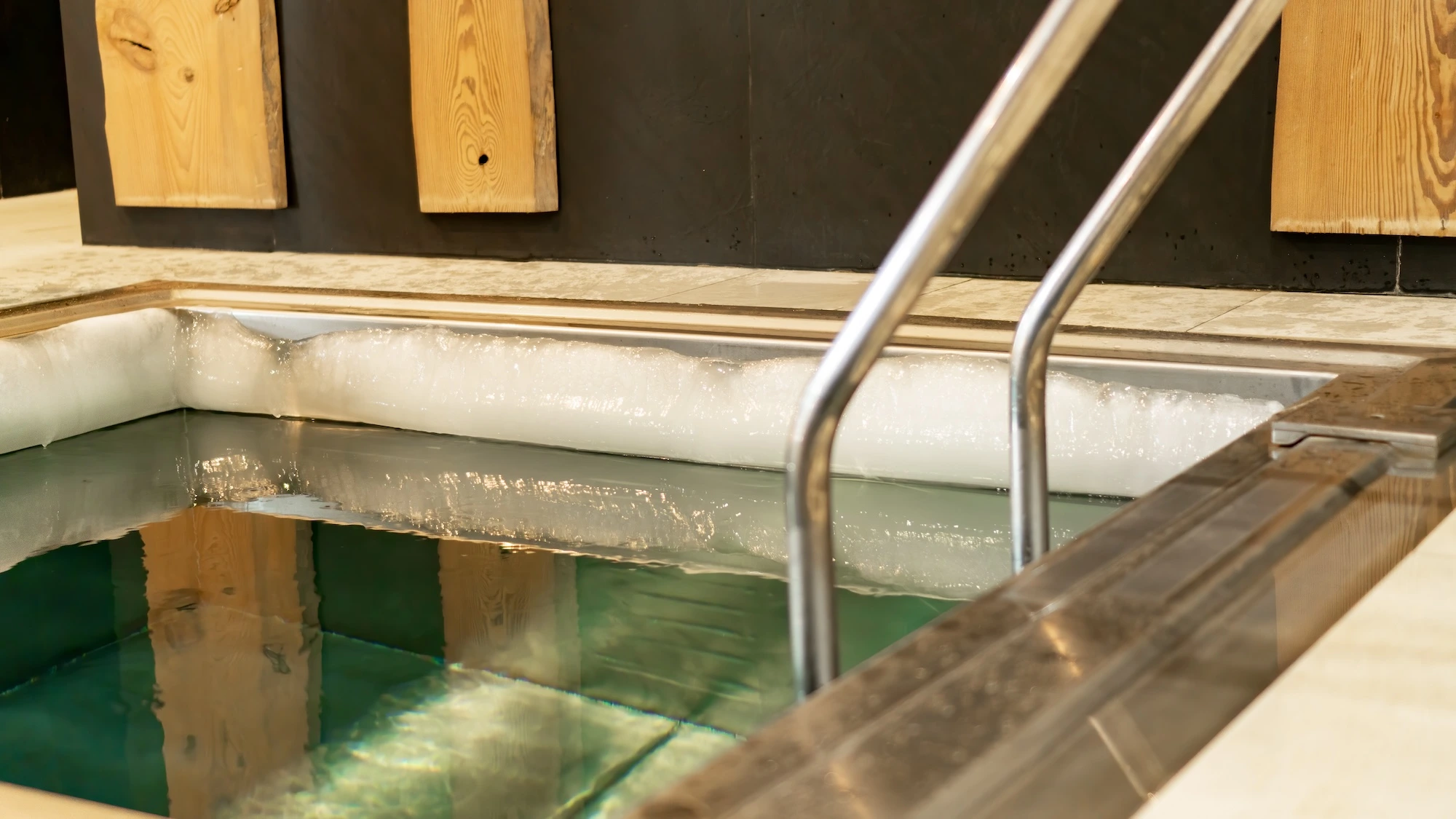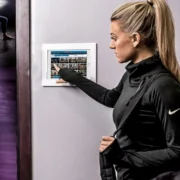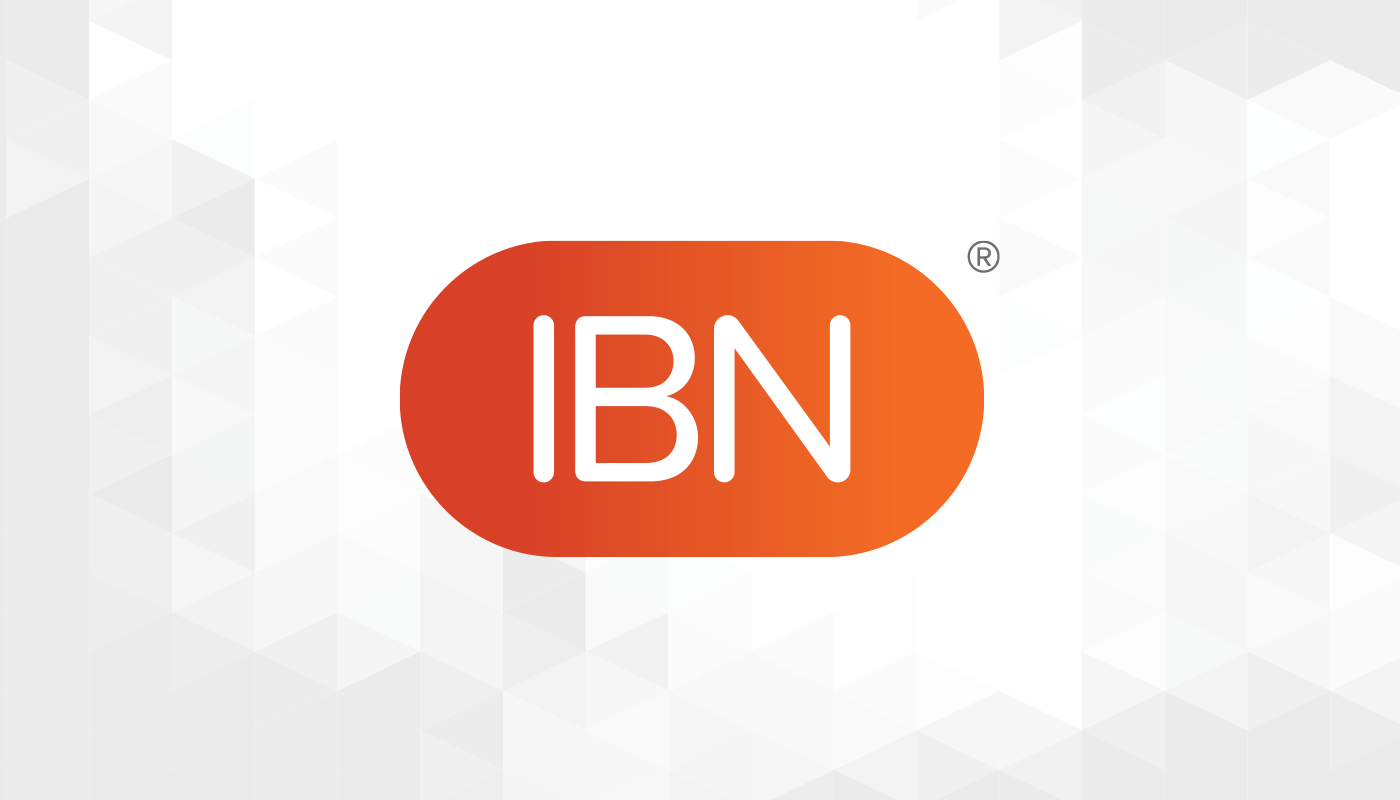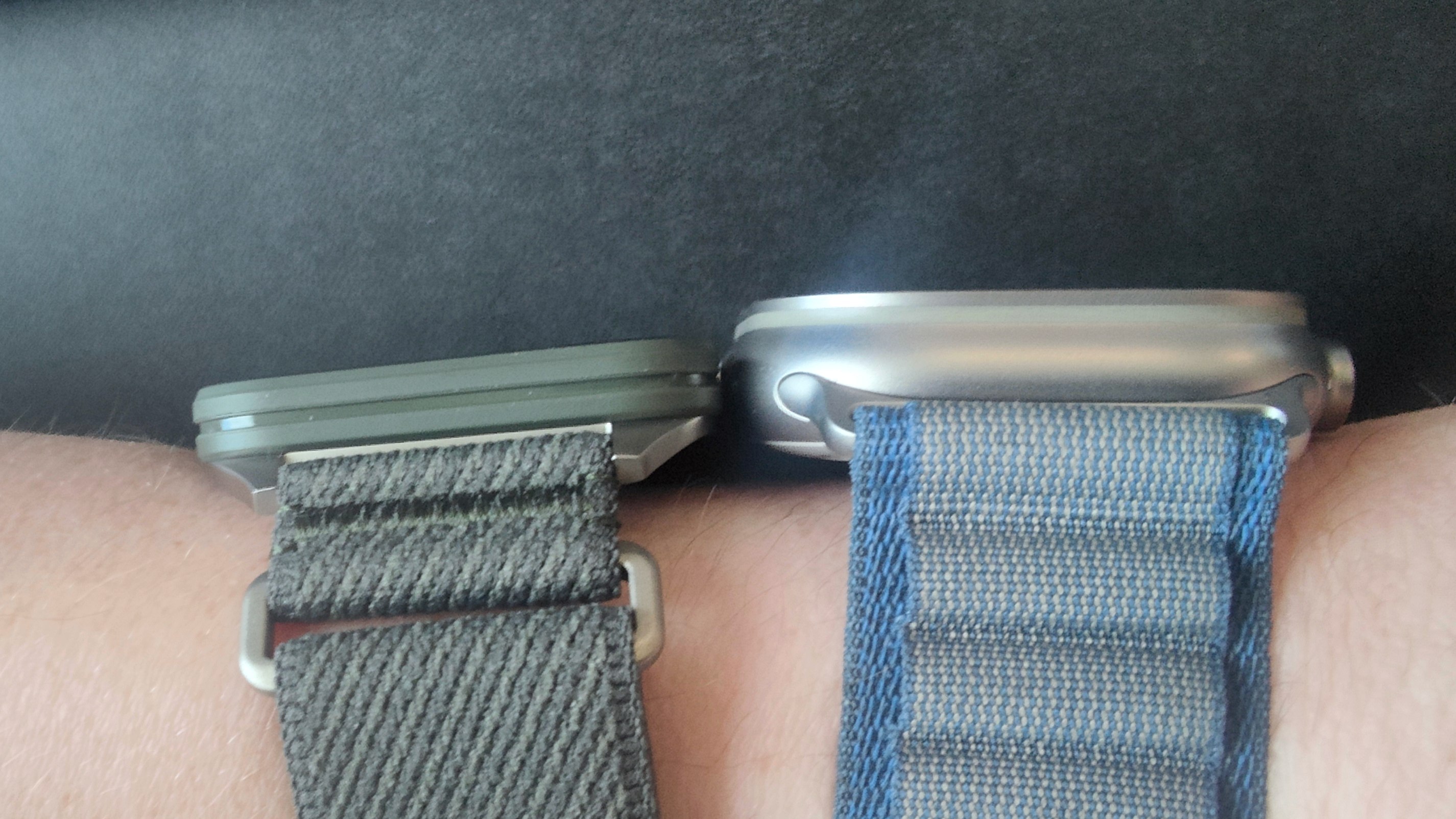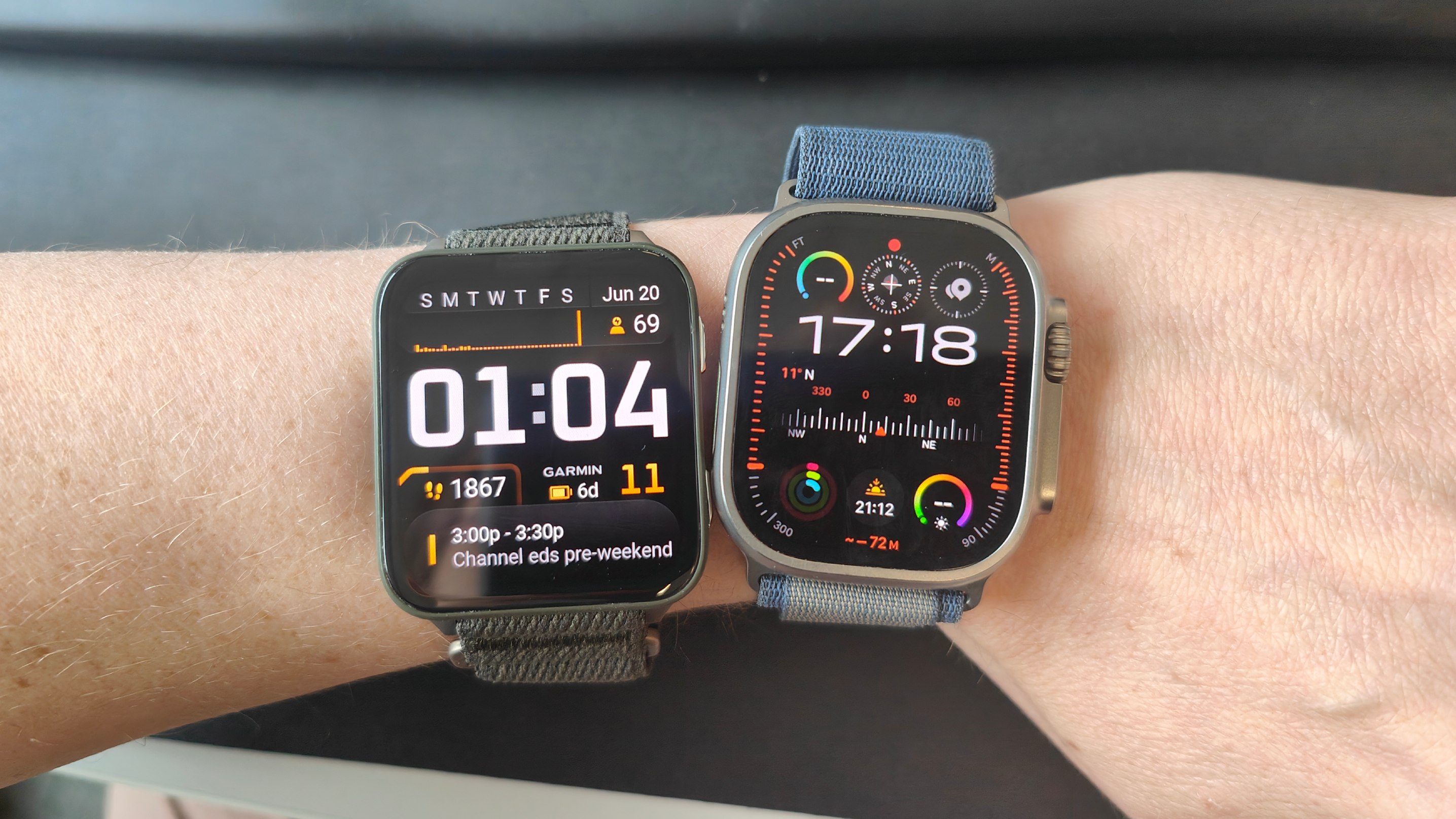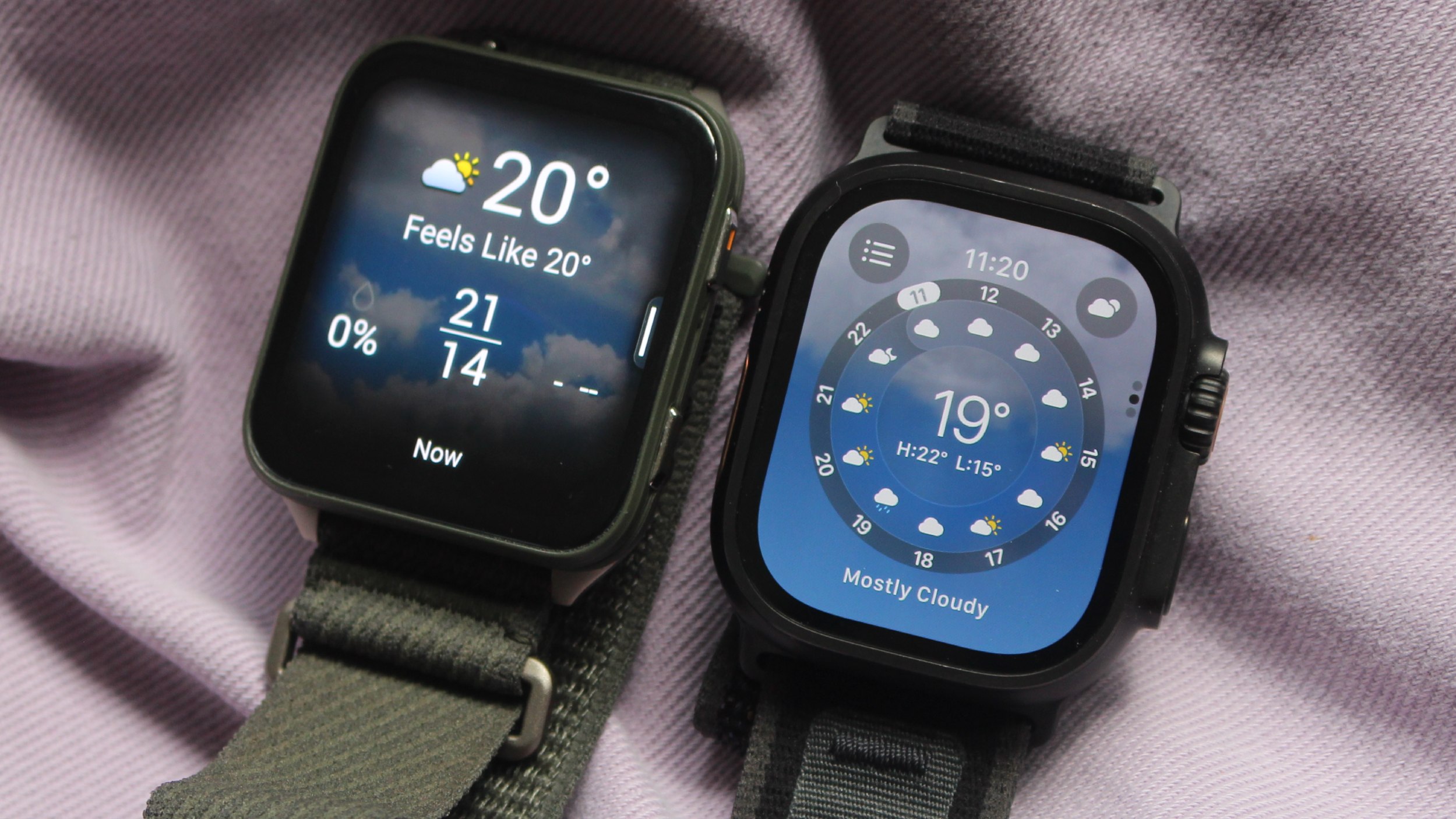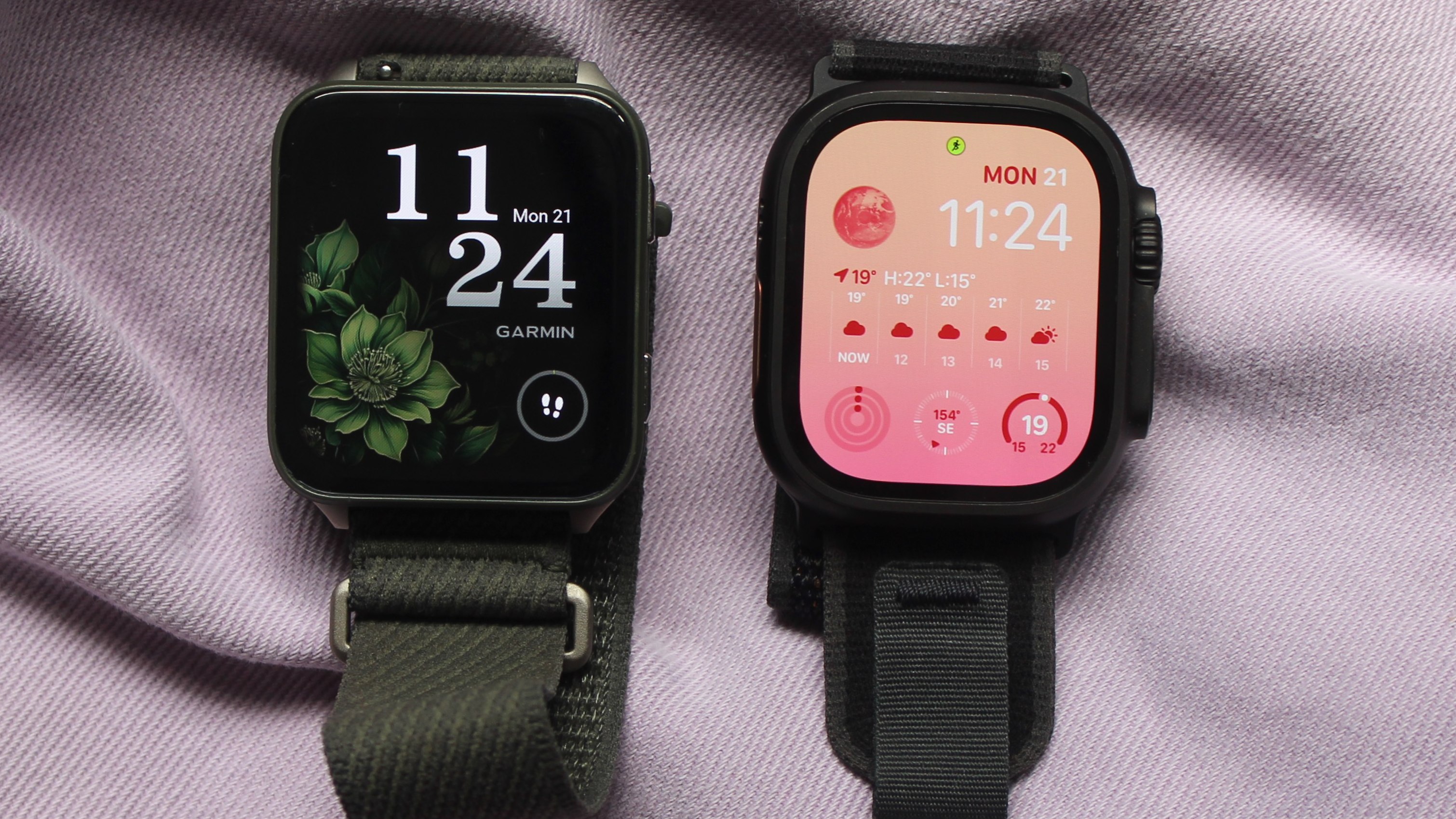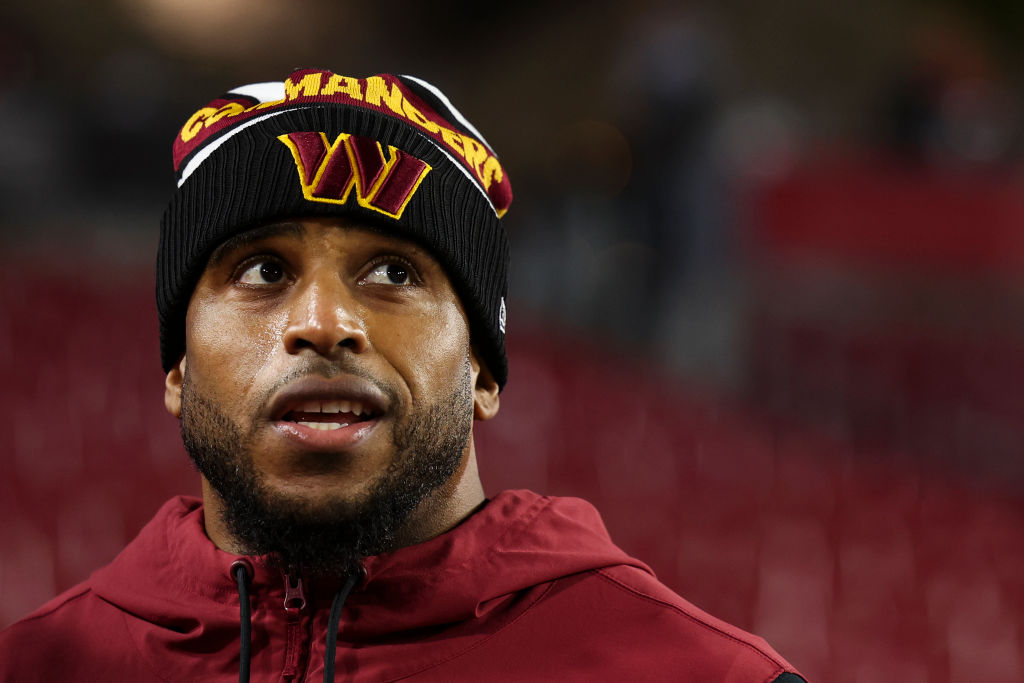Should all boutique fitness brands integrate modalities like saunas and cold plunges into their studio offerings? The answer…it depends
Boutique fitness studios are jumping on the recovery trend, adding modalities including infrared saunas, massage tech and even cold water therapy as consumers increasingly incorporate wellness into their workout routines.
According to a study commissioned by software provider Hapana, many boutique studios in the United States now offer some type of recovery modality. Per Hapana, 48% of boutiques offered massage chairs in 2024, while 44% offered physiotherapy services and 39% had a sauna within their facility.
But should all boutique fitness brands make recovery a part of their in-studio offerings? The answer…it depends.
On the one hand, offering recovery services allows studios to give their members more, potentially driving acquisition and long-term retention. However, it can be quite costly to implement some modalities, and brands risk diluting their core fitness offering by spending too much time fussing with ancillary services.
ATN breaks down how some of the industry’s top boutique fitness players are approaching the business of wellness and recovery in 2025. We also provide expert insights on the opportunities and challenges involved in incorporating these modalities inside the four walls of a studio setting.
F45 Brings Studios Into the Cold Plunge Era
F45 Training made a splash (no pun intended) late last year when the brand announced it was adding cold plunge tubs, infrared saunas and Hyperice percussive therapy equipment to studios worldwide.
Under the program, dubbed “Recovery by F45,” members can purchase recovery services at participating studios through class packs or as an upgrade to existing unlimited memberships. Cold plunge and sauna sessions are also available for individual purchase by drop-ins.
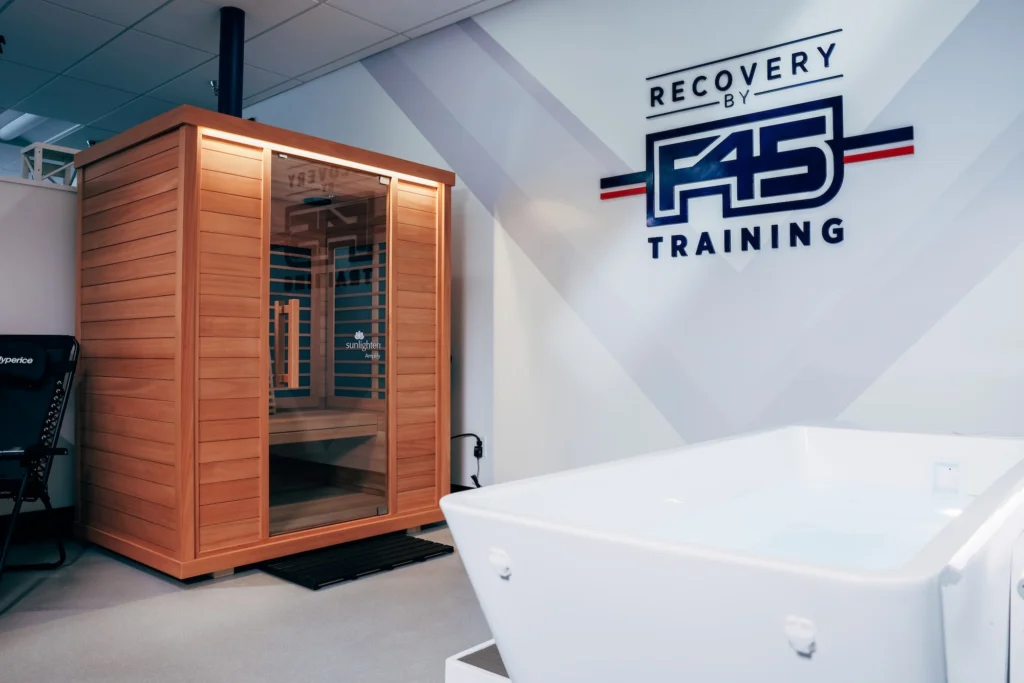
The move made F45 one of the first big-name boutique fitness brands to embrace the cold plunge trend that’s currently sweeping across gyms and health clubs. It’s still too early to draw any definitive conclusions about how the move will pay off for F45 in the long run, but some franchisees are already seeing positive early returns.
“Adding recovery … has changed the way we operate our studios,” Courtney Gibson, the owner of F45 Kingsgate in Kirkland, Washington, has told ATN. “Our members love the all-in-one solution, especially coupling their intense workout days with time in the infrared sauna or cold plunge after. It truly enhances the F45 brand and continues to show we are fully vested in our members and their wellness journey together.”
At an organizational level, F45’s decision is part of CEO Tom Dowd’s vision of turning FIT House of Brands — the parent company comprising F45, FS8 and Vaura Pilates — into a one-stop shop for all things health and wellness.
“The vision that I came in with was to be a solution headquarters for everything health and wellness,” Dowd has said.
Under Dowd, FIT brands including F45 have struck other wellness-focused partnerships, including with Dietitian Live for insurance-covered virtual visits with dietitians and with Dr. B to support members taking GLP-1 weight-loss drugs.
The Case Against Taking the Plunge
While F45’s move to add cold plunges and saunas inside its studios made headlines, other boutique fitness leaders have yet to follow suit. So far, most major brands have preferred to stay out of the cold and hot therapy businesses for now.
Jay Siano, the co-founder and CEO of Sabre, a boutique real estate advisory firm that’s helped brands including Orangetheory Fitness and Solidcore expand across the country, believes boutique fitness brands should take a calculated, cautious approach when considering which recovery modalities to add to their facilities.
Siano notes that while it may be tempting to jump on the cold plunge or sauna trend, it’s often more cost-effective for boutiques to stick to what they do best: group fitness workouts.
“The smartest, most successful brands I’ve ever worked with occupy space to do what they’re really good at, and they forget about what’s on trend,” Siano told ATN. “If you’re going to take additional square footage to incorporate a recovery space adjacent to a fitness space, it might actually be more challenging for you to be successful.”
While Siano admits there are cases where it might make sense to add a cold plunge or sauna (and brands can be successful in doing so), he generally tells his boutique fitness clients to steer clear.
“If a traditional group or boutique fitness studio is planning to add cold plunges or saunas to their space of 1,500 to 3,000 square feet, I’d advise them not to do it,” he said. “I’d advise them to focus on being the best at their specific workout modality.”
Indeed, top brands like Orangetheory and Solidcore have opted to stay out of the sauna and cold plunge game, at least for the time being.
In Solidcore’s case, it might be forever.
Anne Mahlum, who founded Solidcore before exiting in 2023, deliberately designed the brand’s studios to maximize every square foot for fitness. Extra perks like recovery modalities or lavish lobby lounges make it harder for fitness brands to turn a profit, she believes.
“At Solidcore, we were looking and saying, ‘If I can’t fit an extra machine, I’m not paying for an extra 100 square feet,’” Mahlum told ATN last fall.
Mahlum is no longer involved with Solidcore, but current president and CEO Bryan Myers has kept that same strategy as the brand continues to expand nationwide. Besides offering a highly challenging Pilates-inspired workout, Solidcore is known for its super streamlined studios: locations feature small check-in areas and don’t offer amenities like showers to avoid taking valuable space away from the in-class experience.
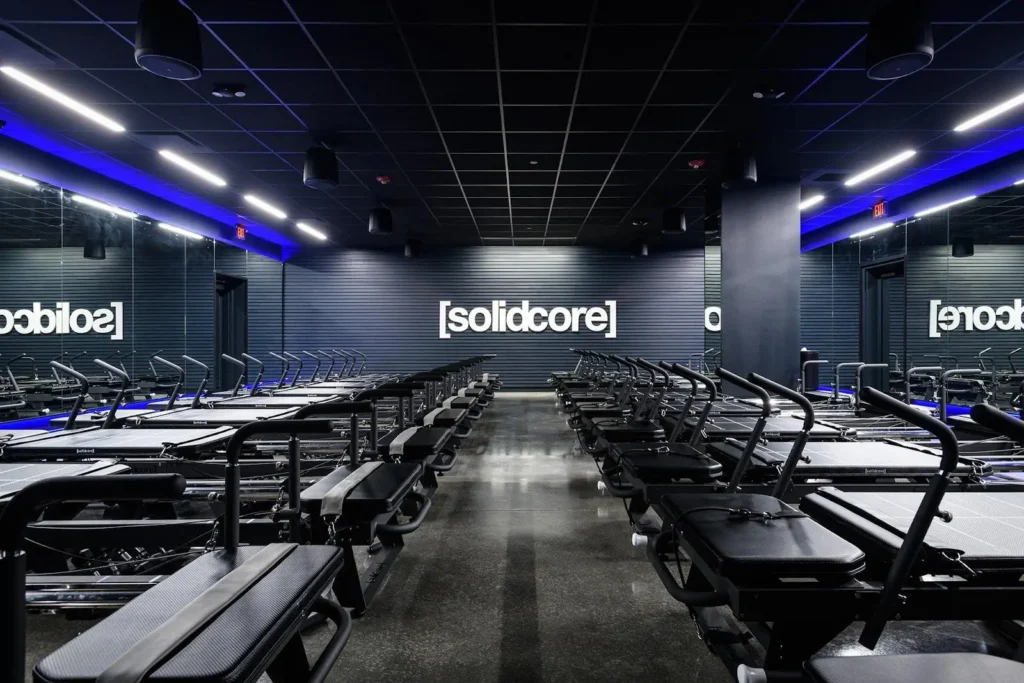
Top Boutiques Add Recovery in Other Ways
Saunas and cold plunges aren’t the only ways boutique fitness brands can get into the wellness and recovery game, of course. Instead of adding those costly modalities, many brands are embracing cheaper, more portable options.
Xponential Fitness brand YogaSix recently launched a new class type, “Y6 Mobility,” which incorporates tools like massage balls. The yoga brand has also introduced Y6 TRX, a class that leverages TRX suspension trainers to help members increase their range of motion and get into deeper yoga poses with the help of straps.
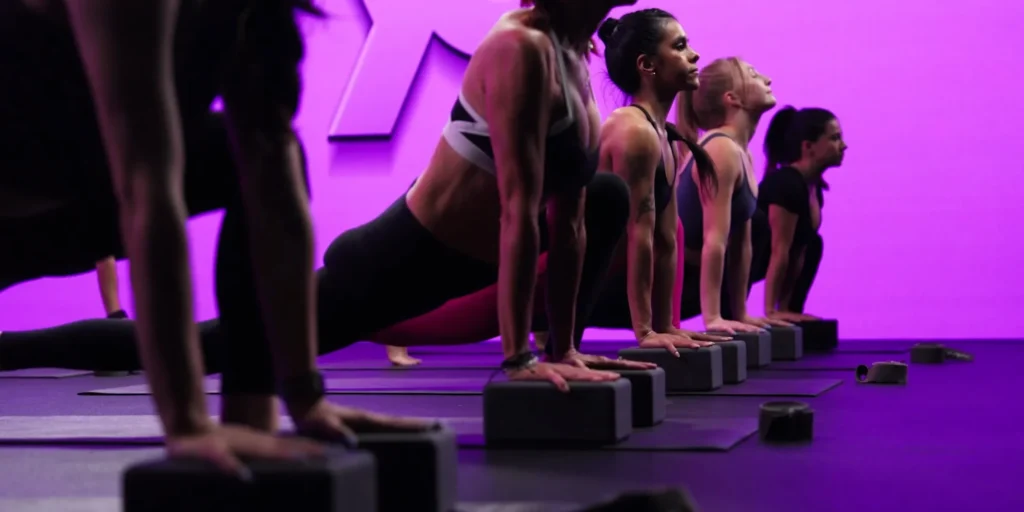
StretchLab, another Xponential brand, partnered with Hyperice to bring Normatec compression therapy leg sleeves into its studios. At least 100 StretchLab locations now offer Normatec services, which members can purchase as an add-on to their existing membership plan after a complimentary session.StretchLab has said it’s aiming to bring Normatec boots into every one of its 500-plus studios.
Orangetheory is also looking to make recovery a bigger part of its in-studio experience for members. The popular group fitness brand is introducing recovery technology like Hyperice equipment on a pilot basis at some of its clubs. Orangetheory may also start allocating more class time to recovery.
“Recovery modalities are really important,” Orangetheory president Lauren Cody has told ATN. “As we think about evolving our strength and power (workout) modalities, we’re very much looking at recovery being more central than it is in our workouts today.”
“Today, we allocate about five minutes to recovery; we’d be looking to allocate more class time to recovery, as well as being quite intentional with the equipment that can support recovery,” she added.
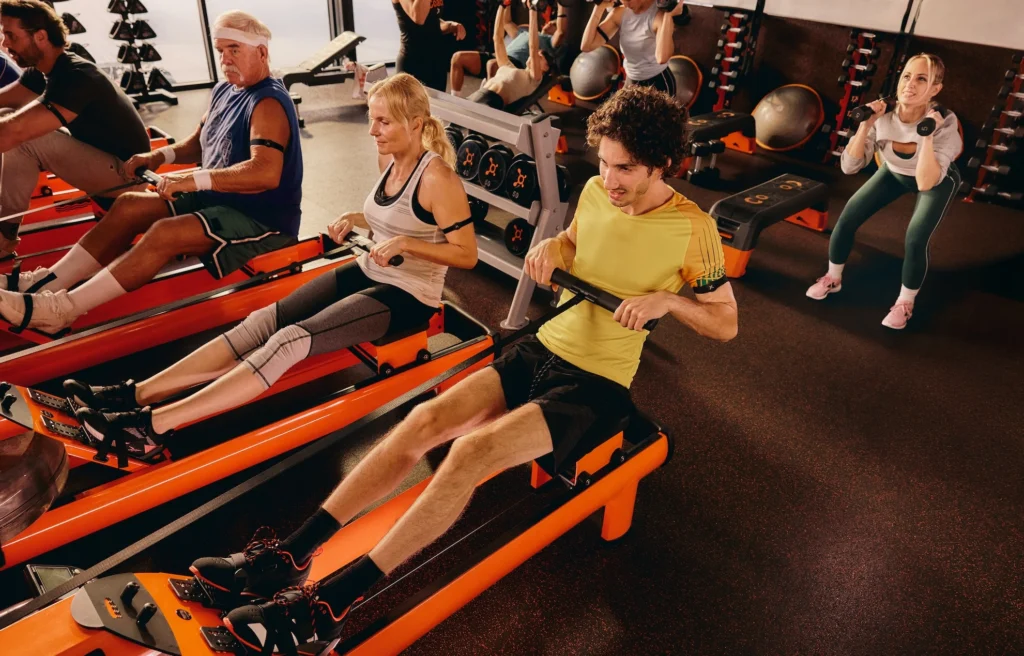
And while Sabre’s Siano generally recommends that boutique brands skip the sauna and cold plunge, he says they should look to add recovery tools that don’t require as much time and money.
“Red light beds and things of that nature are a lot less labor-intensive, and there are many other great tools people are utilizing, like Hyperice and Therabody,” he said. “Those are becoming more and more common in studios.”
This article originally appeared in ATN’s report, “Wellness Room: The Art & Science of Integrating Recovery,” which maps the forces redefining how operators retain members, monetize square footage and prepare their brands for a dynamic future. Download the free report.

 (Reference: news.market.us)
(Reference: news.market.us)

